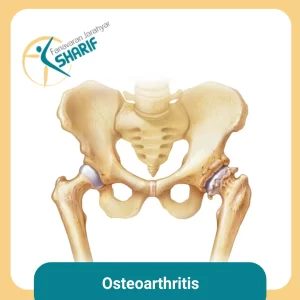Osteoarthritis (OA), is the most common form of arthritis affecting millions worldwide. It occurs when the protective cartilage at the ends of bones gradually wears down over time. While OA can affect any joint, it predominantly occurs in the hands, knees, hips, and spine.
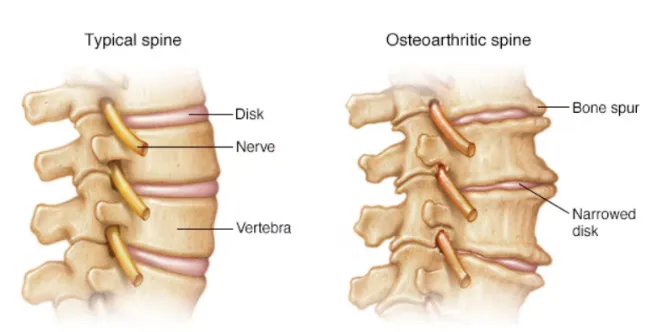
Symptoms of Osteoarthritis
Symptoms of osteoarthritis are often manageable, but unfortunately, joint damage is irreversible. Symptoms typically develop gradually and worsen over time.
Exercise, physical activity, and maintaining a healthy weight can slow disease progression and help improve joint pain and function.
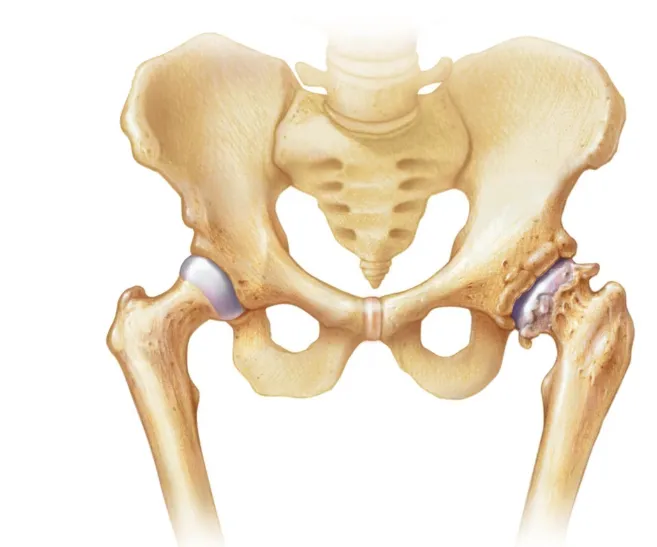
Symptoms and Signs of Osteoarthritis:
(If you notice any of these symptoms, consult a specialist physician.)
- Chronic pain in the affected joints during or after movement.
- Feeling stiffness or dryness in the joints upon waking up or after periods of inactivity.
- Joint sensitivity when applying slight pressure.
- Loss of flexibility and full range of motion.
- Formation of extra bone pieces around the affected joint.
- Swelling due to inflammation of the soft tissues around the joint.
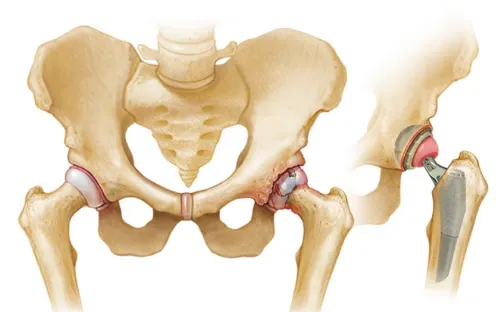
Diagnostic Methods
- X-rays (Radiography)
- MRI (Magnetic Resonance Imaging)
- Blood Tests
- Joint Fluid Analysis (Arthrocentesis)
These diagnostic methods help healthcare providers assess the severity of osteoarthritis and plan appropriate treatment strategies.
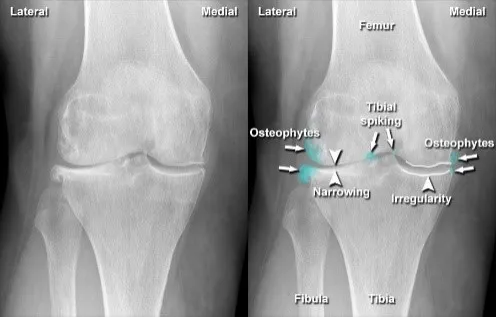
Types of Treatment
The progression of osteoarthritis cannot be reversed, but treatments can reduce pain and improve mobility.
- Medical Treatment: Medications such as Acetaminophen, NSAIDs (Nonsteroidal Anti-Inflammatory Drugs), and Duloxetine are commonly used to manage pain and inflammation associated with osteoarthritis.
- Therapies: Physical therapy, occupational therapy, and Transcutaneous Electrical Nerve Stimulation (TENS) therapy can help improve joint function, strengthen muscles, and reduce pain.
- Interventional Treatments:
- Cortisone Injections
- Lubrication Injections (Viscosupplementation)
- Realignment of Bones (Osteotomy)
- Joint Replacement Surgery
These treatments aim to alleviate symptoms, improve joint function, and enhance the quality of life for individuals with osteoarthritis.
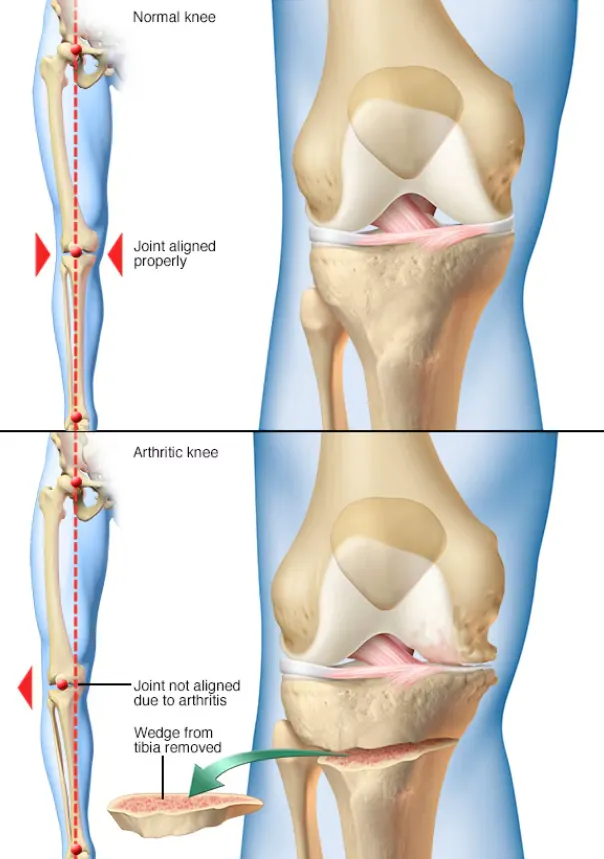
Self-care for Osteoarthritis
If you are facing osteoarthritis, educate yourself from credible sources about the condition, its management, and how lifestyle changes can impact your symptoms.
Exercise and weight reduction, especially if overweight, are highly effective ways to alleviate joint pain and stiffness associated with osteoarthritis. Activities such as walking, water aerobics, yoga, and tai chi are particularly beneficial in reducing pain.
Hot or cold packs, braces, canes, and walkers are also effective in pain reduction.
Complementary therapies that show promise in osteoarthritis management include acupuncture, Glucosamine, and chondroitin supplements, Avocado-soybean unsaponifiable, and Omega-3.
To schedule an appointment with a specialist
in joint disorders (rheumatologist) or orthopedic surgery:
Prepare a list including:
- Detailed description of your symptoms and when each started.
- Medical history information for yourself, parents, and siblings.
- List of all prescribed, over-the-counter medications, and dietary supplements with their dosages.
- Questions you need to ask your doctor.
Your doctor may also ask some of the following questions:
- Is the pain continuous or does it come and go?
- Does any specific activity make the pain better or worse?
- Have you ever injured this joint before?
Osteoarthritis significantly affects quality of life, but with proper knowledge and proactive measures, it can be effectively managed.
Please take these recommendations seriously for yourself and share this information with your loved ones. Educating ourselves and others is a crucial step in combating this common issue.
For more precise information and additional resources on managing and understanding osteoarthritis, refer to reputable sources and consult with specialists.
Reference
Mayo Clinic’s website

